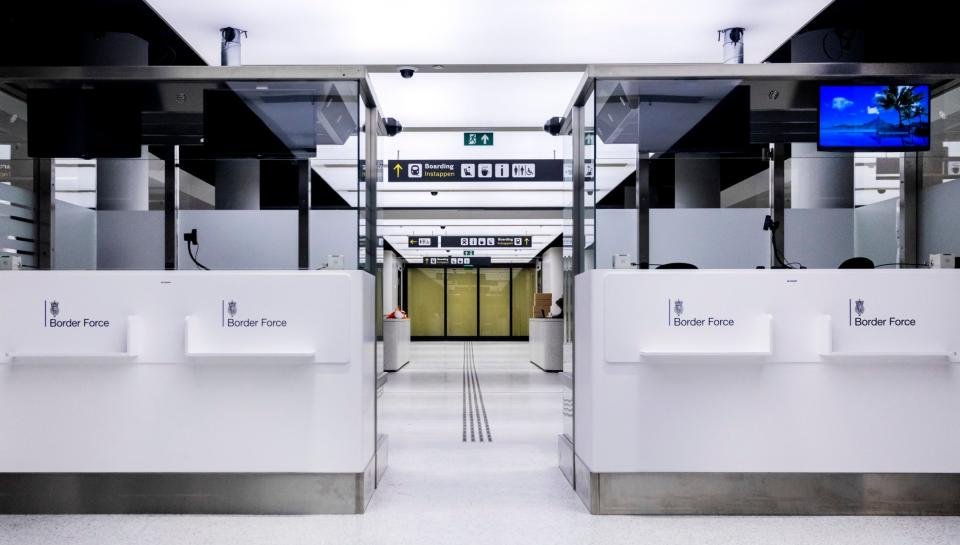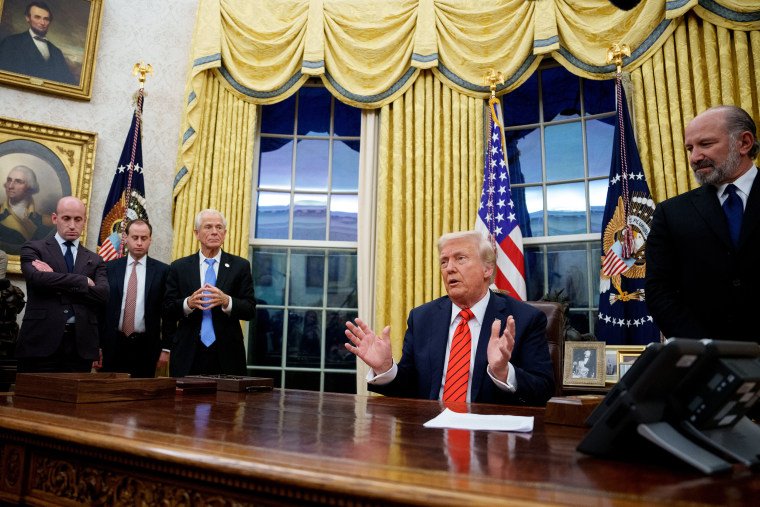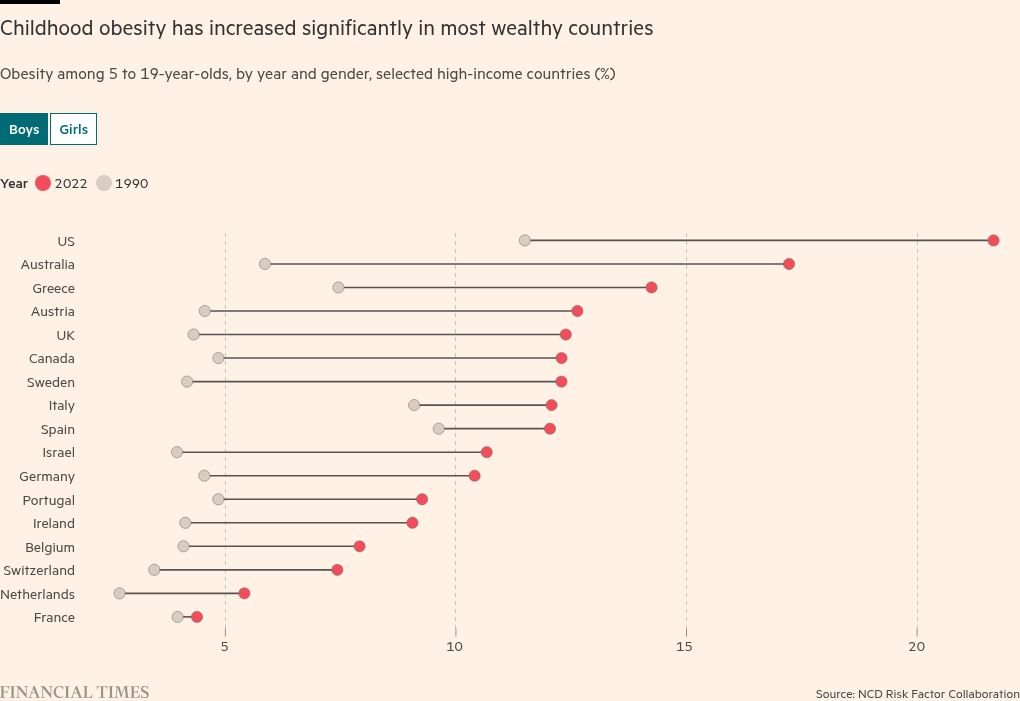In 2024, Bitcoin (BTC 0.42%) turned in yet another triple-digit performance. For the year, Bitcoin was up 120%, which far surpassed the performance of any other asset class. Best of all, Bitcoin ended the year on a high note, breaking through the $100,000 mark in December.
So it might come as no surprise that many crypto investors are expecting yet another encore performance from Bitcoin in 2025. But, after triple-digit returns in 2023 and 2024, is Bitcoin really capable of doubling in price yet again? Let’s take a closer look.
Bitcoin’s path to $200,000
The first thing you need to know is that there is no shortage of investment and financial services firms predicting that Bitcoin will hit the $200,000 mark in 2025. For example, Standard Chartered thinks that Bitcoin will hit $200,000 by the end of 2025, $300,000 by the end of 2026, and $500,000 by the end of 2028.
Standard Chartered’s central investment thesis is that investors will continue to pile into the new spot Bitcoin exchange-traded funds (ETFs). First-time crypto investors will continue to embrace the ETF investment product as the easiest way to get exposure to Bitcoin. At the same time, large institutional investors will continue to ratchet up their portfolio allocations to Bitcoin.
Right now, institutional investors are allocating about 1% of their portfolios to Bitcoin. But that number could easily double. According to BlackRock, the optimal allocation to Bitcoin is 2%. And other investment firms, such as Fidelity, now think that an allocation as much as 5% might be appropriate for some investors.
Investment firm Bernstein also thinks Bitcoin will hit $200,000 in 2025. The investment thesis here also builds in the narrative around the spot Bitcoin ETFs. But it also layers in what the firm calls the “Infinity Age” of crypto. This is basically a belief that, under the pro-crypto Trump administration, there will be a broad flowering of all things crypto. Bitcoin will become a bigger and bigger part of the global financial system, entering the investment mainstream.
Amid all that pro-crypto exuberance, Bitcoin has nowhere to go but up, right? After all, if the U.S. government does decide to move ahead with a strategic Bitcoin reserve, that could unlock an unprecedented amount of Bitcoin buying. The current plan is to buy 200,000 bitcoins per year, over a five-year time period, for a total of 1 million bitcoins.
How realistic is a $200,000 price target?
What could possibly go wrong if so many people are buying Bitcoin? Well, if you dig a bit deeper into the numbers, you’ll see it’s possible that the market might be wildly overestimating just how much higher Bitcoin might go this year.
For example, let’s consider the $1.5 million Bitcoin price target from Cathie Wood of Ark Invest. She’s fully expecting Bitcoin to hit that price by the year 2030. But there’s the thing: Even in her ultra-bullish, best-case scenario, she’s only assuming a compound annual growth rate (CAGR) of 58% for Bitcoin.

Image source: Getty Images.
Let’s assume a base price of $100,000 for Bitcoin at the start of 2025. Let’s also assume that it grows at a steady 58% clip, year in and year out. Bitcoin will hit $158,000 by the end of this year, $250,000 by the end of 2026, $400,000 by the end of 2027, $625,000 by the end of 2028, and $1 million by the end of 2029. Finally, it will hit $1.5 million by the end of 2030.
So, while it might sound counterintuitive, it’s quite possible that Bitcoin could be on a path to $1.5 million, but still not crack $200,000 this year. In fact, Cathie Wood’s base-case scenario calls for Bitcoin to grow at a CAGR of 40%. So it’s entirely within the realm of possibility that Bitcoin might not even get to $150,000 this year.
It really depends on how much new money flows into Bitcoin this year. According to the “money multiplier effect” model used by some crypto analysts, every $1 in new money flowing into Bitcoin can lead to a market cap gain of anywhere from $2.50 to $6.73. Based on current assumptions, Bitcoin could hit a price of anywhere from $150,000 to $250,000 in 2025.
Obviously, the more money that flows into Bitcoin, and the stronger the money multiplier effect, the higher the price of Bitcoin might go. So you should be rooting for corporations, institutional investors, and governments to ratchet up their buying of Bitcoin and for members of the Bitcoin ecosystem to explore new use cases for crypto.
Should you buy Bitcoin?
The moral of the story here is: Before blindly buying into any new price forecast for Bitcoin, make sure you dig into the numbers yourself. Sometimes the math just doesn’t work.
The good news, if you’re a Bitcoin investor, is that even if Bitcoin doesn’t hit a price of $200,000 in 2025, it’s still fully capable of hitting the $1 million mark by 2030. So, if you’re thinking of buying Bitcoin, keep a long-term outlook and focus on the big picture rather than month-to-month fluctuations.




















